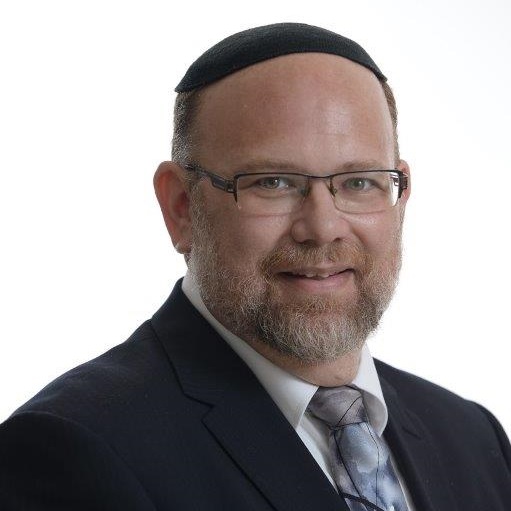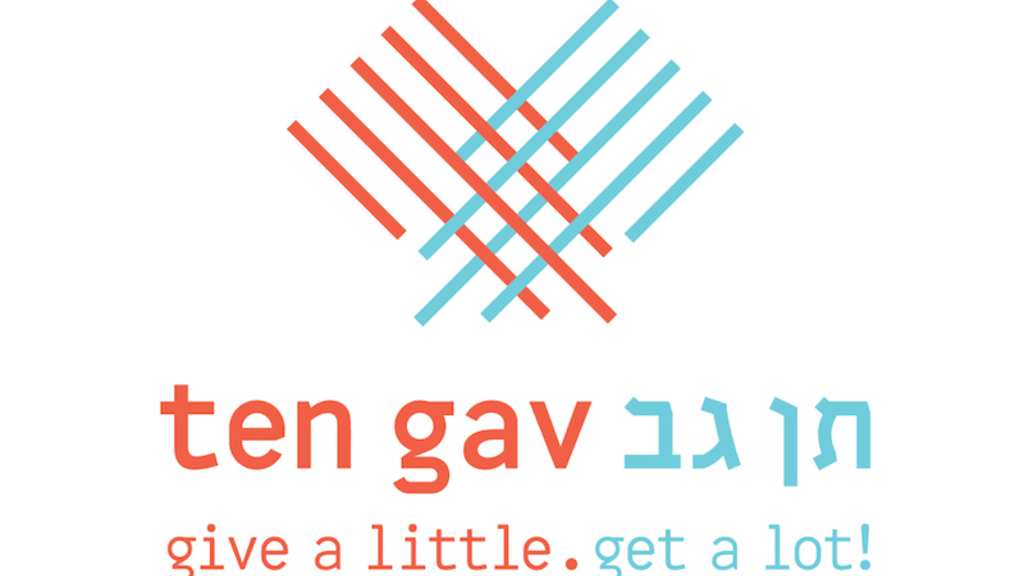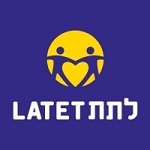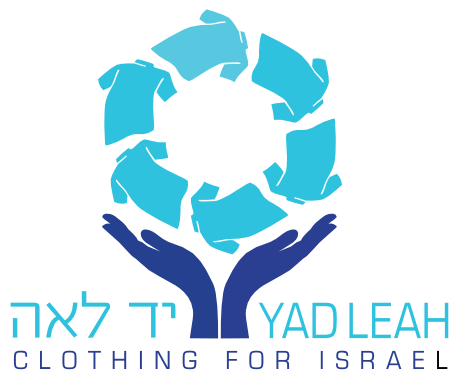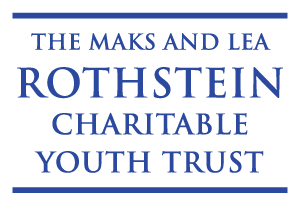Divrei Torah: Don’t Judge A Sink by Its Cover
The Parsha in Chesed – Parshat Vayakhel.
In downtown Jerusalem there is a famous landmark named after a small, yet important, mortar used in past Israeli wars. The stone monument to the “Davidka”, at Davidka Square, is much more impressive than the small black piece of metal it stands to honor. Several decisive battles became victories due to this modest piece of machinery, developed at the Mikveh Israel agricultural school in 1947. Seemingly a rudimentary mortar launcher, it has won a special place in the hearts of an already sentimental nation.
The Davidka, however, is not the first piece of metal that is embedded in the tapestry of Jewish history. This week’s Parsha describes the creation of the kiyor, the special washing vessel used in the Mishkan. The kiyor was fashioned out of copper donated with love by the women of the nation. This copper came from the mirrors which they selflessly sacrificed in order to participate in this holy endeavor.
Moshe, however, was hesitant to accept this copper. He felt that something used as a “tool of the yetzer hara” for vanity, was not fit to fashion the vessel that would purify the Kohanim for service in the Mishkan.
Boy, was he mistaken.
Hashem taught Moshe a lesson in looking beyond the surface. He valued these mirrors far above some of the other donations. The women brought the mirrors because they understood their pure intention buried within. These were the beauty mirrors used by the righteous women of Egypt. They created harmony between husband and wife. Rather than being a “tool” of materialism and vanity, they were a catalyst for the continuation of the Jewish people. They might look like plain old mirrors but their history contains something much more holy and deep.
For Hashem, there could be no greater ingredient for purification of the Kohanim than these seemingly “tainted” pieces of copper. Hashem told Moshe that he must look deeper than his knee-jerk impression to understand the true background of this pre-owned copper.
These mirrors hold that same lesson for us.
Too often, we fail to look beyond what “meets the eye” about people, objects and even situations. Our first impression or pre-conceived notion forms our attitudes. Everyone and everything has potential. There is so much more than face value.
In the 4th Chapter of Pirkei Avot, Ben Zoma says:אֵין לְךָ אָדָם שֶׁאֵין לוֹ שָׁעָה וְאֵין לְךָ דָבָר שֶׁאֵין לוֹ מָקוֹם – That there is no person who does not have his hour and no thing that does not have its place. Every person and object has the potential to contribute or to make a difference. There are also people, places and things that have a rich history of accomplishment and purpose that we may not be aware of.
The older person slowly crossing the street might have raised a wonderful family, fought for their country or practiced countless acts of kindness. That old dining room chair might be faded and worn but who can tell how many guests sat upon it.
How often do we lose our patience with someone or casually toss something aside without contemplation of whom they really are, and/or what purpose that item served.
The Davidka sits in a place of honor in Jerusalem, not for its beauty or grandeur but rather because of the generations who owe their existence to it.
The copper mirrors of our parsha give us the impetus to reflect on the wondrous past and limitless potential in everyone and everything.
We just have to look beyond the surface.
Shabbat Shalom and Chodesh Tov
View article in original publication

